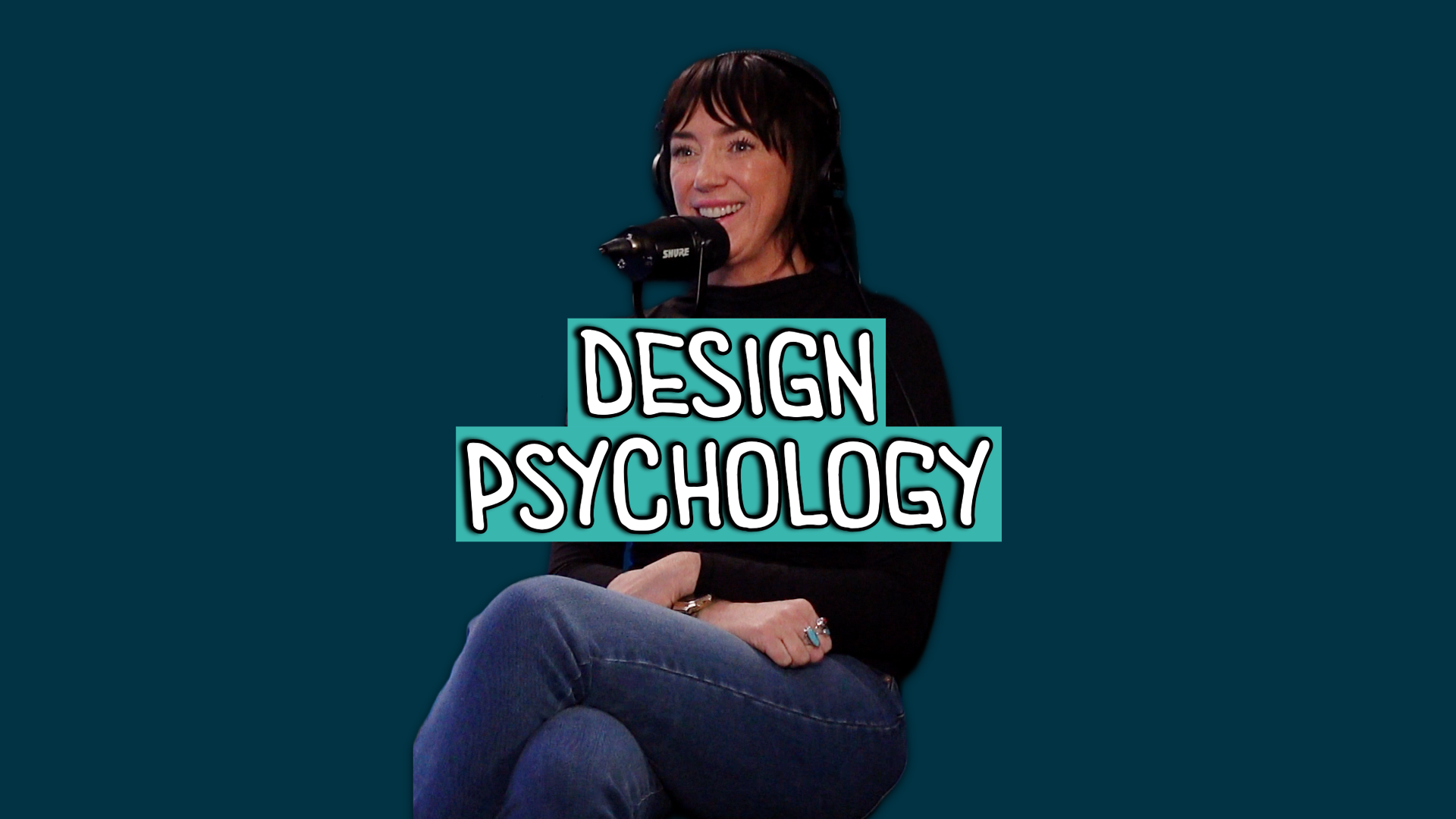From Passion to Profession: Your Roadmap to Becoming an Interior Designer or Design Psychologist
The Unexpected Journey of Space and Emotion
When Amber Dunford first discovered the intersection of psychology and design, she didn't know she was pioneering a revolutionary approach to creating spaces. Like many aspiring designers, her path wasn't linear—it was a winding road of curiosity, exploration, and unexpected connections.
The Educational Foundation: More Than Just Picking Pretty Colors
Contrary to popular belief, interior design is a complex field that requires more than just an eye for aesthetics. It's a delicate balance of technical skills, psychological understanding, and creative problem-solving. Key Educational Pathways:
Bachelor's in Interior Design
Master's in Psychology
Specialized programs in Environmental Psychology
Certifications in Design Psychology
Pro Tip: Look for programs that offer a holistic approach, combining technical design skills with psychological insights.
The Skill Set: What Really Makes a Design Professional Successful
Designers are part artist, part psychologist, and part project manager. The most critical skills aren't just about knowing the difference between mid-century modern and contemporary design—they're about understanding human experiences. Essential Skills Breakdown:
Emotional Intelligence
Communication Mastery
Budget Management
Material Science Knowledge
Psychological Insight
Real-World Wisdom: "Don't be afraid to start at the bottom," Amber advises. "I began by organizing sample libraries and cleaning design studios. Every experience is a learning opportunity."
The Design Psychology Difference
Design psychology isn't just a trendy term—it's a transformative approach to creating spaces that truly resonate with people. It goes beyond aesthetics, diving deep into how our environments shape our emotions, productivity, and well-being. A Day in the Life: Imagine walking into a space that immediately makes you feel calm, inspired, or energized. That's the magic of design psychology. Practical Steps to Break into the Industry Building a career in design requires strategy, persistence, and a willingness to continuously learn. Here are actionable steps to get started:
Your Career Launch Checklist:
Create a compelling online portfolio
Network with industry professionals
Attend design conferences and workshops
Seek mentorship opportunities
Develop a unique design philosophy
The Business of Design: What They Don't Teach in School
Most design programs don't prepare you for the business side of the profession. Expect to spend:
20% of your time on creative work
80% managing projects, clients, and logistics
Insider Insight: "It's not just about making spaces look beautiful," Amber explains. "It's about managing timelines, working with contractors, and solving complex client challenges."
Emerging Opportunities in Design
The field is evolving rapidly, with exciting new specializations:
Neuro-esthetics
Short-term rental design
Sustainable design psychology
Commercial space optimization
Career Crossroads: Where Passion Meets Profession
Whether you're drawn to residential design, commercial spaces, or the deep psychological aspects of space creation, there's a path for you. The key is to remain curious, adaptable, and committed to continuous learning. Your Roadmap to Success:
Invest in education
Build a diverse skill set
Create a unique professional identity
Network relentlessly
Never stop learning
Final Thoughts: Your Space, Your Story Design is more than a career—it's a way of understanding human experiences. Whether you're redesigning a living room or creating spaces that support psychological well-being, you're not just moving furniture. You're crafting environments that tell stories, support emotions, and transform lives. Ready to Start Your Journey? Connect with design communities, explore educational programs, and most importantly—believe in your unique vision.
Interested in learning more? Watch the full episode on YouTube or your favorite podcast platform! psychology experts, attend workshops, and start building your portfolio today!
